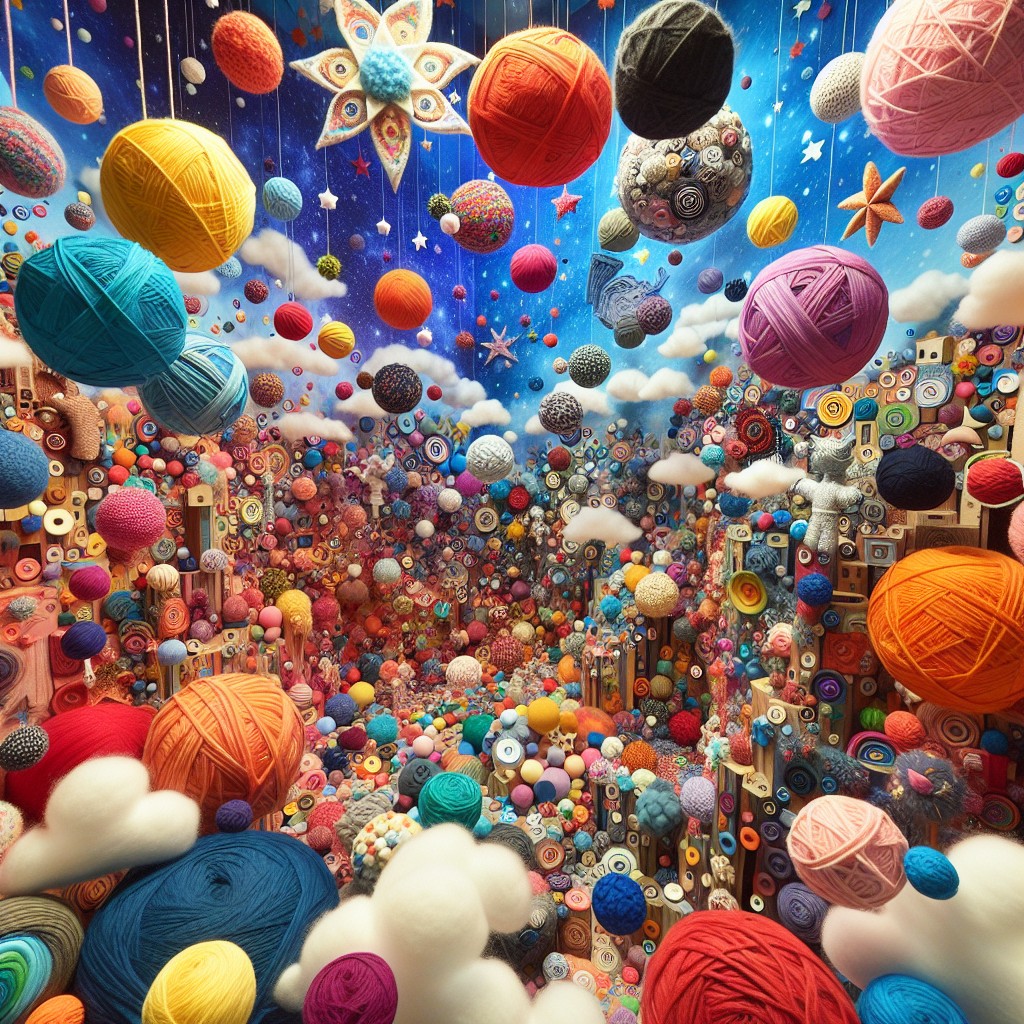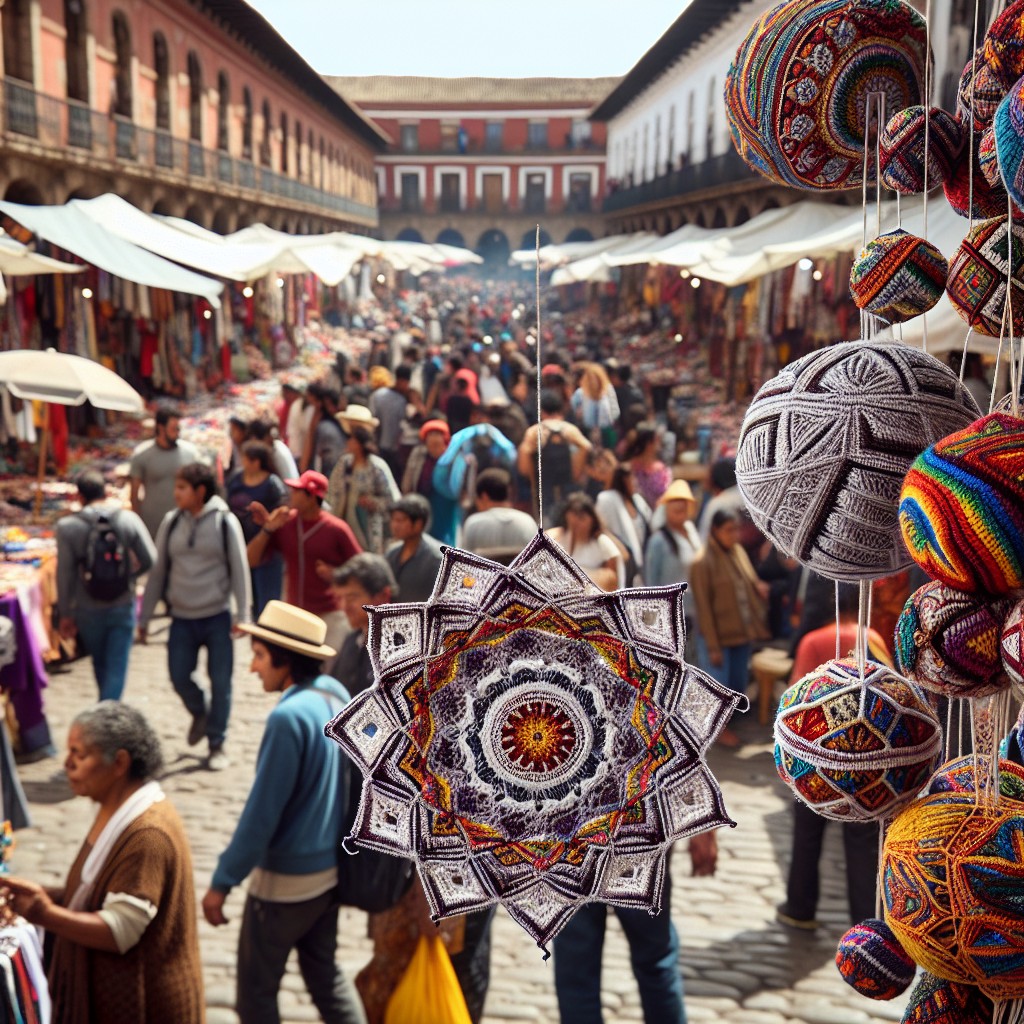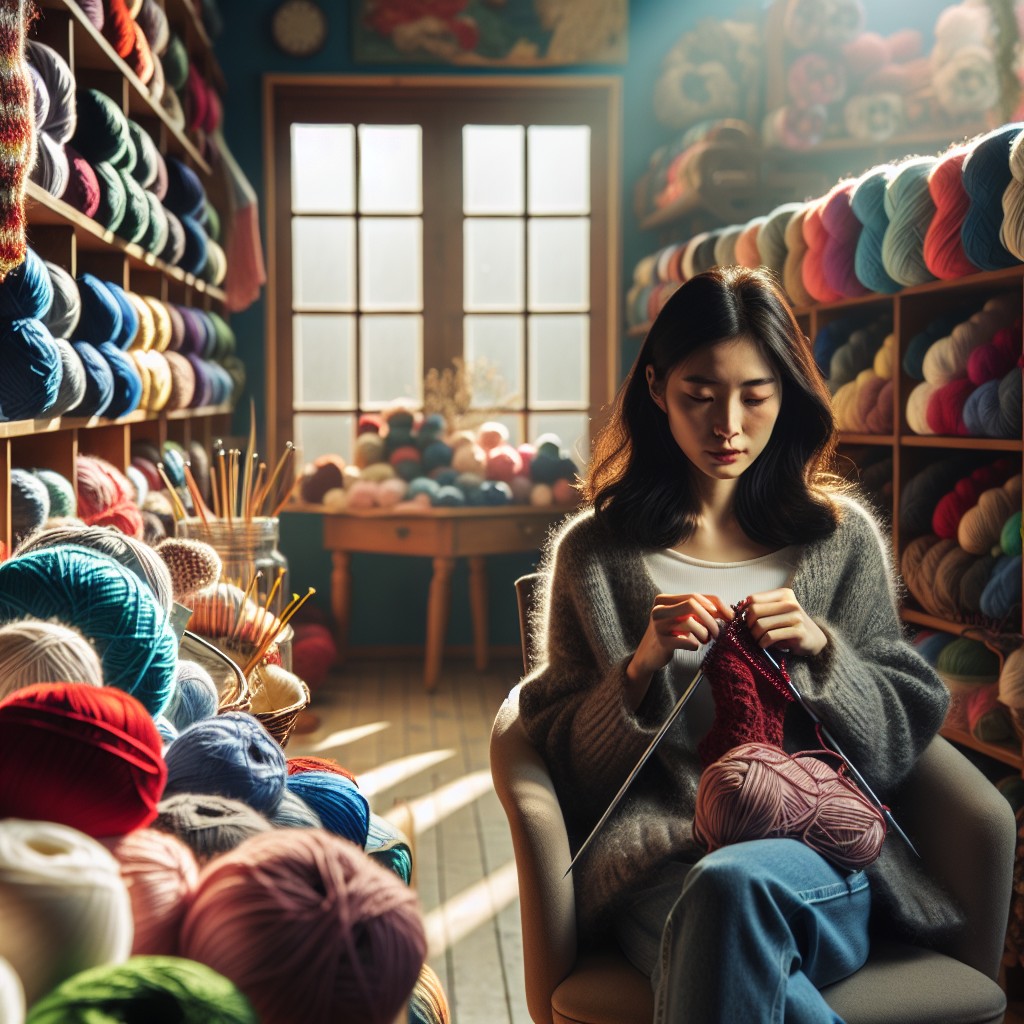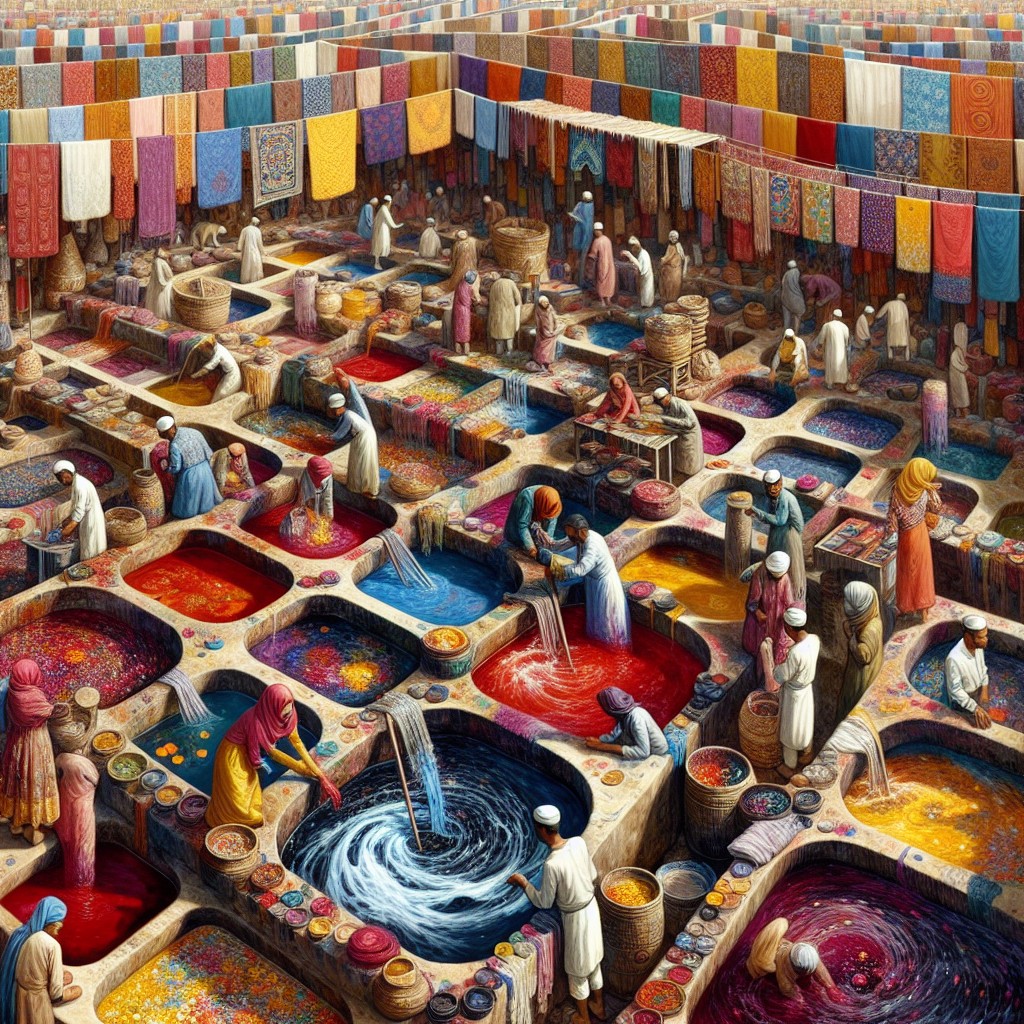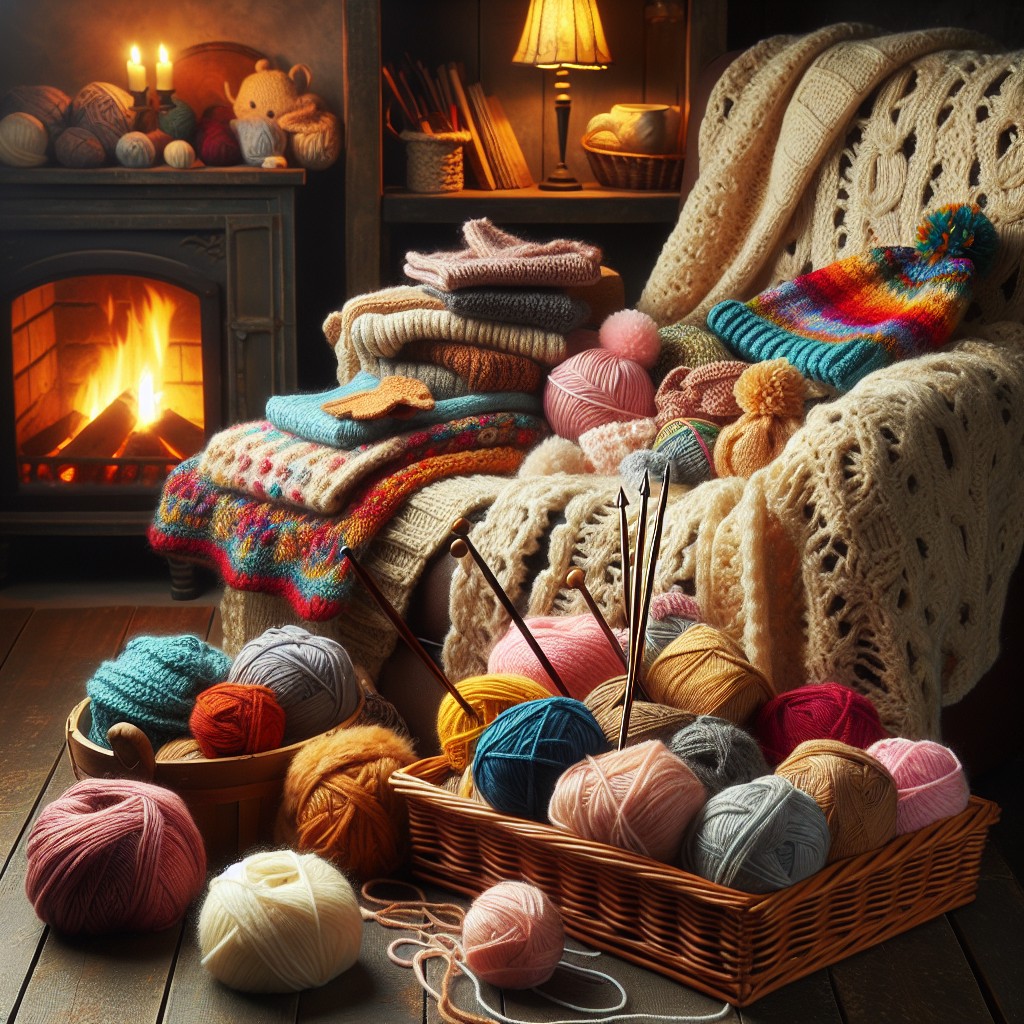Unravel the fascinating world of crochet apparel as we delve into its intriguing statistics, painting a vivid picture of this craft’s impact on fashion and lifestyle.
The world of crochet apparel is vast and ever-growing, with an array of statistics that underline its popularity and significance in the global fashion industry. From the number of people who engage in crocheting as a hobby or profession, to the market size and demand for crochet products, these figures paint a fascinating picture.

Whether you’re interested in the economic impact of crocheting or the demographic breakdown of those who crochet, this article will provide a comprehensive overview of crochet apparel statistics. Stay tuned to delve into the intricate numbers and trends that shape the crochet fashion landscape.
The market is expected to reach $2.2 billion by 2030 and a CAGR of 3.4%
This forecast bloom in the crochet market value reflects its increasing popularity and growing demand. A significant proportion of this growth can be anticipated in the apparel sector, given the unique position crochet holds. Quality, handmade crochet clothing is sought after for its artistic touch, fueling a steady uptake.
It’s also expected that a large part of this growth could be attributed to emerging markets, where traditional crafts like crochet are heavily integrated into local cultures.
Fast fashion and internet retailers pose a threat to the crochet business
Despite its growing popularity and market value, the craft of crocheting faces significant challenges. A particularly potent obstacle is the rise of fast fashion. These mass-production businesses offer cheaper products, often imitating hand-crocheted apparel, which undermines the unique, labor-intensive value of crochet work.
Internet retailers exacerbate this problem. The convenience and extensive range they provide make them a strong choice for consumers, further detracting from local and handmade crochet businesses. The combination of these pressures threatens the stability and growth of the crochet industry. It underscores the need for creative strategies to preserve and advance the art form and trade of crochet.
Crochet clothing has a monthly search volume of 110,543
An examination of internet search trends reveals a significant interest in crochet clothing, with over 100,000 searches conducted monthly. This volume points towards a rekindled fascination with handmade attire, with individuals seeking unique pieces that veer away from mass-produced fashion items.
The trend also indicates an appetite for knowledge on the craft, either for personal use or commercial purposes. The surge in searches is a testament to the enduring appeal of crochet, an art form dating back to the 19th century, and demonstrates the potential for further growth in this market sector.
Crochet is popular in 27 states across the US
The popularity of crocheting spans across almost more than half of the U.S., displayed explicitly in the enthusiasm of 27 states. These regions prove to be hubs for crafters who appreciate the intricacy of crochet work and express their creativity through yarn crafts.
The interest is indicated by the volume of crochet-related sales, searches, and social media engagement. The appeal is widespread, ranging from big cities to rural areas, demonstrating how embedded crochet culture is across America.
The starting cost of crochet is around $20 and costs between $10 and $100 per project
When it comes to launching into the captivating world of crochet, the initial financial outlay is pleasantly manageable. With an average starting cost hovering around $20, prospective hobbyists can acquire essential tools such as crochet hooks, a selection of yarn, and possibly an easy pattern or beginner’s guide.
An overwhelming array of yarn qualities and prices contribute to the variable costs of individual projects, which generally range from as little as $10 to upwards of $100 depending on complexity and material choice. High-end yarns and intricate patterns will predictably push costs toward the upper limit, whereas simpler designs using more budget-friendly materials can keep expenses at a minimum, accommodating crocheters of all budgets.
The US import for crochet amounted to US $60.78 billion in 2022
Last year witnessed a significant spike in the crochet industry’s revenue, with the US seeing import values skyrocket to a staggering $60.78 billion.
This considerable figure underscores the burgeoning demand for crochet products, reflecting a boost in the number of crochet enthusiasts and consumers attracted to the allure of handmade, intricate cloth patterns.
This trade volume moves beyond the personal crafting scene, suggesting a robust industrial growth in businesses focusing on crochet product manufacturing and international trade.
The significant imports also highlight the international dimension of crochet, with the US market being influenced by global craft trends and practices.
An average household in the US has monthly spending of $20.57 on crochet products
Delving into spending habits, it’s noteworthy that households in America allocate an average of $20.57 each month specifically for crochet-related products.
This financial commitment reflects the rising popularity and reverence for this craft, from buying yarn and hooks to purchasing pattern books and other essential materials.
The sum also highlights crochet’s affordability, making it an approachable hobby or passion project for many.
Furthermore, this figure underscores the financial contribution of the crochet industry to the economy, providing a steady revenue stream for businesses specializing in these craft supplies.
37% of crocheters are employed full-time
Delving deeper into the demographics, the latest data indicates that a significant percentage of this craft’s enthusiasts balance their hobby with full-time employment. This suggests that for many, crocheting serves as a creative outlet or a stress-reliever, in addition to any financial benefits derived from the sale of handcrafted apparel.
The availability of online platforms to sell homemade products has likely contributed to this trend, making it easier for working professionals to engage in and profit from their love of crocheting. Considering this aspect, companies aiming to tap into this market could find success by focusing on strategies that cater to this busy, multitasking segment.
The crochet market is divided into 3 segments: clothing, blanket, and others
Breaking down the crochet market reveals three dominant sectors: clothing, blankets, and other products.
Clothing holds the most significant share due to a wide range of items, from hats and scarves to sweaters and shawls.
The blanket sector follows closely behind, with crochet patterns popular among individuals seeking warmth or a stylish home accessory.
The remaining segment, composed of various products such as amigurumi toys, home decor, and accessories, completes the market.
Over time, trends within these sectors can shift in response to consumer preferences and the influence of the fashion industry.
Apparel is the number 1 application in the crocket market
With its versatile and aesthetic attributes, crochet has found its largest use in the clothing segment. From stylish cardigans and adorable baby dresses to unique handcrafted accessories and warm winter wear, this particular domain is leading in terms of application.
This trend is driven mainly by consumers’ rising inclination towards hand-made, customized, and sustainable clothing options. Furthermore, crochet apparel has the advantage of uniqueness, with each piece fashioned individually by hand, allowing for personal artistic expression and an endless number of intricate designs.
These factors contribute to its position as the dominant segment in the crochet market.
References:
- https://virtuemarketresearch.com/
- https://www.wbiw.com/
- https://littleworldofwhimsy.com/
- https://finance.yahoo.com/

